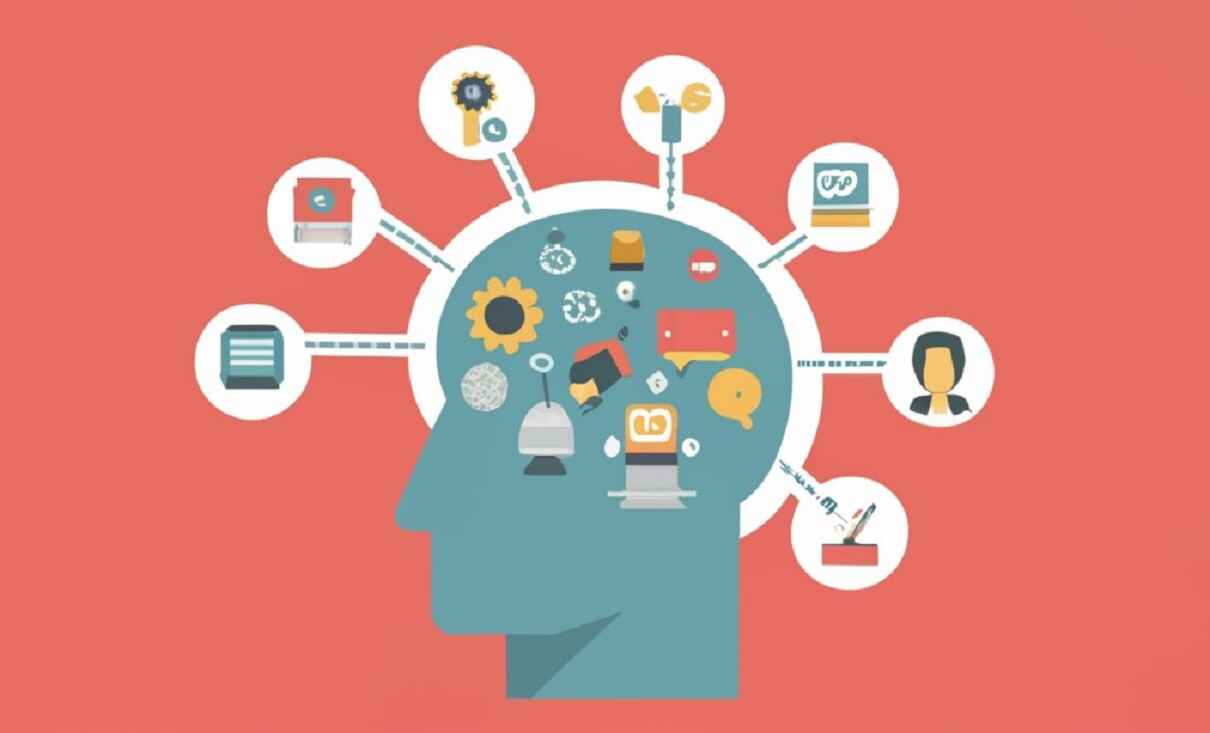How AI is Making Gene Editing More Precise and Powerful
How AI is Making Gene Editing More Precise and Powerful
Artificial Intelligence. Gene editing has emerged as a powerful tool with the potential to transform medicine. But it's not without limitations. Current methods rely on proteins borrowed from nature, which can be finicky and imprecise. Researchers are now making waves with a revolutionary approach: using artificial intelligence (AI) to design entirely new gene editing tools.
This breakthrough hinges on a new AI model specifically designed to tinker with proteins. Scientists fed this AI a massive dataset of genetic information. The AI then went to work, churning out never-before-seen molecules capable of editing genes. One particularly promising product is an AI-designed CRISPR system called OpenCRISPR-1.
CRISPR, short for Clustered Regularly Interspaced Short Palindromic Repeats, is a game-changing gene editing technique. It works like a molecular scalpel, allowing scientists to cut and edit DNA with incredible precision. But even CRISPR has its drawbacks. Existing CRISPR tools are often imprecise, sometimes cutting unintended sections of DNA. This can have serious consequences.
The new AI-designed tools hold the promise of overcoming these limitations. Here's how:
Sharp Scalpel: Imagine a surgeon with a shaky hand. That's kind of how current gene editing tools can be. AI-designed tools could be far more precise, minimizing the risk of unintended cuts.
Wider Reach: Think of genes as different types of locks. Current tools might only be able to open a few lock types. AI could design tools to target a much broader range of genes, opening doors to new treatments.
How AI is Making Gene Editing More Precise and Powerful
Faster cures: Developing new gene therapies can be a slow process. AI could accelerate this process by rapidly designing and testing new tools, potentially leading to quicker breakthroughs in diseases.
The implications of this technology are vast. Imagine a future where gene editing can cure genetic diseases like cystic fibrosis or sickle cell anemia. We could potentially even use it to fight cancer by editing genes that cause uncontrolled cell growth.
However, with great power comes great responsibility. There are ethical considerations surrounding gene editing. For instance, some worry about the possibility of editing human embryos, creating designer babies with predetermined traits. Open communication and clear guidelines will be crucial as this technology advances.
Safety is also paramount. Ensuring the precision and control of these new AI-designed tools will be essential. Extensive testing will be needed before widespread use by humans.
Despite the challenges, the potential benefits of AI-designed gene editing are undeniable. This technology has the power to revolutionize medicine, ushering in an era of personalized treatments and cures for currently untreatable diseases. As research continues, the future of gene editing looks brighter than ever, thanks to the guiding hand of AI.

%20(1).jpg)








